How to Distinguish American Standard ASTM Geomembrane
Geomembrane is the abbreviation of HDPE geomembrane. It is produced with 97.5% high-density polyethylene virgin resin, plus about 2.5% carbon black, anti-aging agent, antioxidant, ultraviolet absorber, stabilizer and other auxiliary materials. Mainly used in landfills, sewage treatment plants, power plant tailings treatment, chemical plants, fertilizer plants, sugar factory sewage tailings treatment, non-ferrous metallurgy, sulfuric acid pools, tailings treatment, subways, basements, tunnels, roof linings, etc. Environmental anti-seepage (special purpose); horizontal anti-seepage laying and vertical anti-seepage laying of reservoirs, canals and dams; anti-seepage of seawater, fresh water and farms.
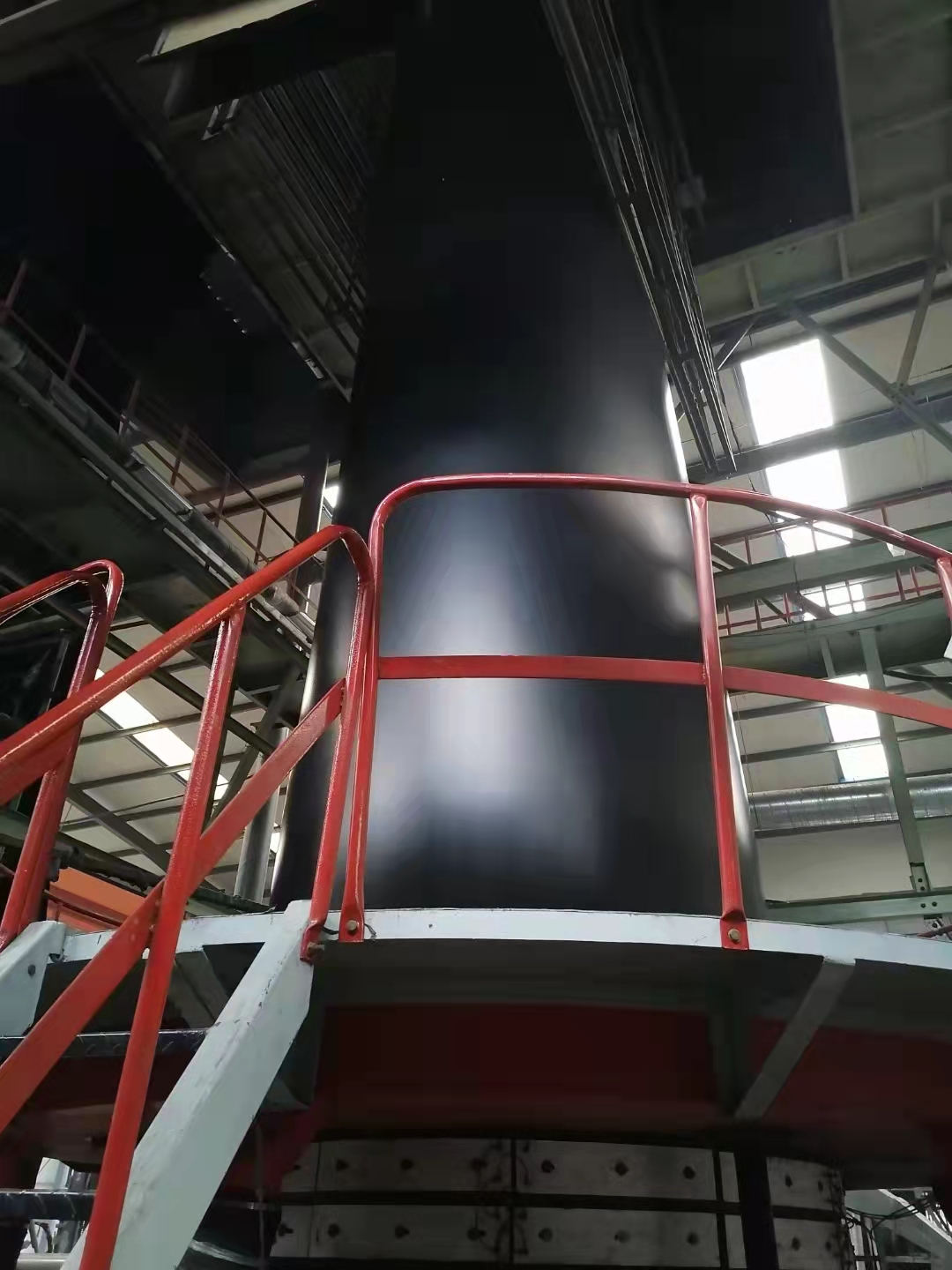
Geomembrane is divided into many standards according to the materials and production process. Among them, American standard geomembrane is often used in anti-seepage projects with relatively high requirements, so how to distinguish whether the geomembrane is American standard geomembrane? American standard geomembrane production requires high-standard raw materials and production equipment, almost all of which are produced by blow molding process. Because the blow molding process product index is higher!
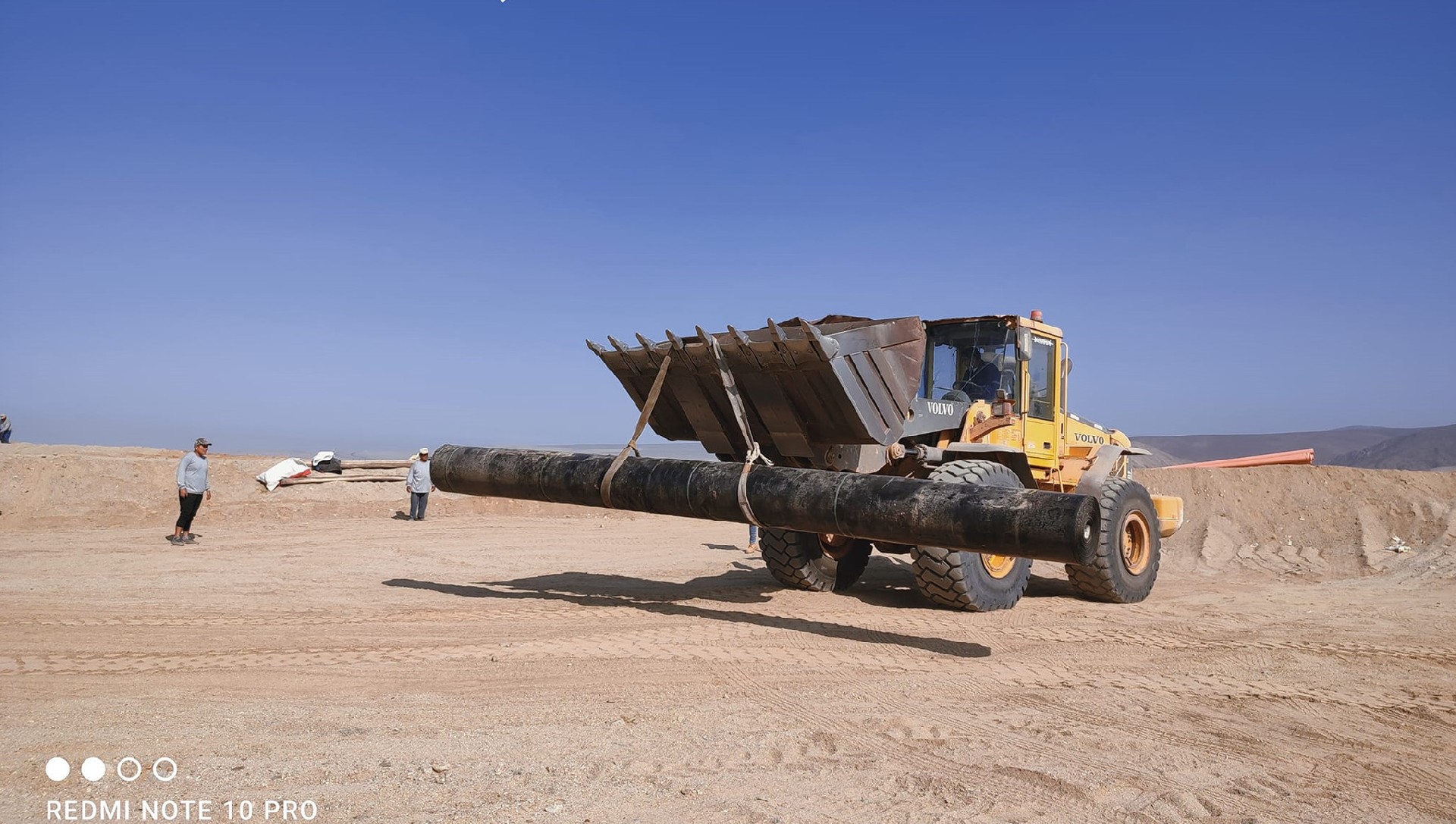
Blown film is that plastic raw material particles enter the plastic extruder through the dryer hopper, where they are fused into a melt. These melts are extruded from the head by constant temperature and constant pressure under the action of pressure, and the melt is in the machine. The position of the head is formed into a cylindrical shape, which is introduced into the fixing place of the frame. At this time, the membrane embryo is clamped to form a closed membrane embryo body. The compressed air enters the inside of the membrane embryo, and the membrane embryo becomes a membrane bubble. Film rolls are cut into storage. The blown film production process can not only produce efficiently but also ensure quality. The blown film process can produce rough surfaces by blowing nitrogen gas in the production of geomembranes, and is widely used in landfills or tailings treatment projects.
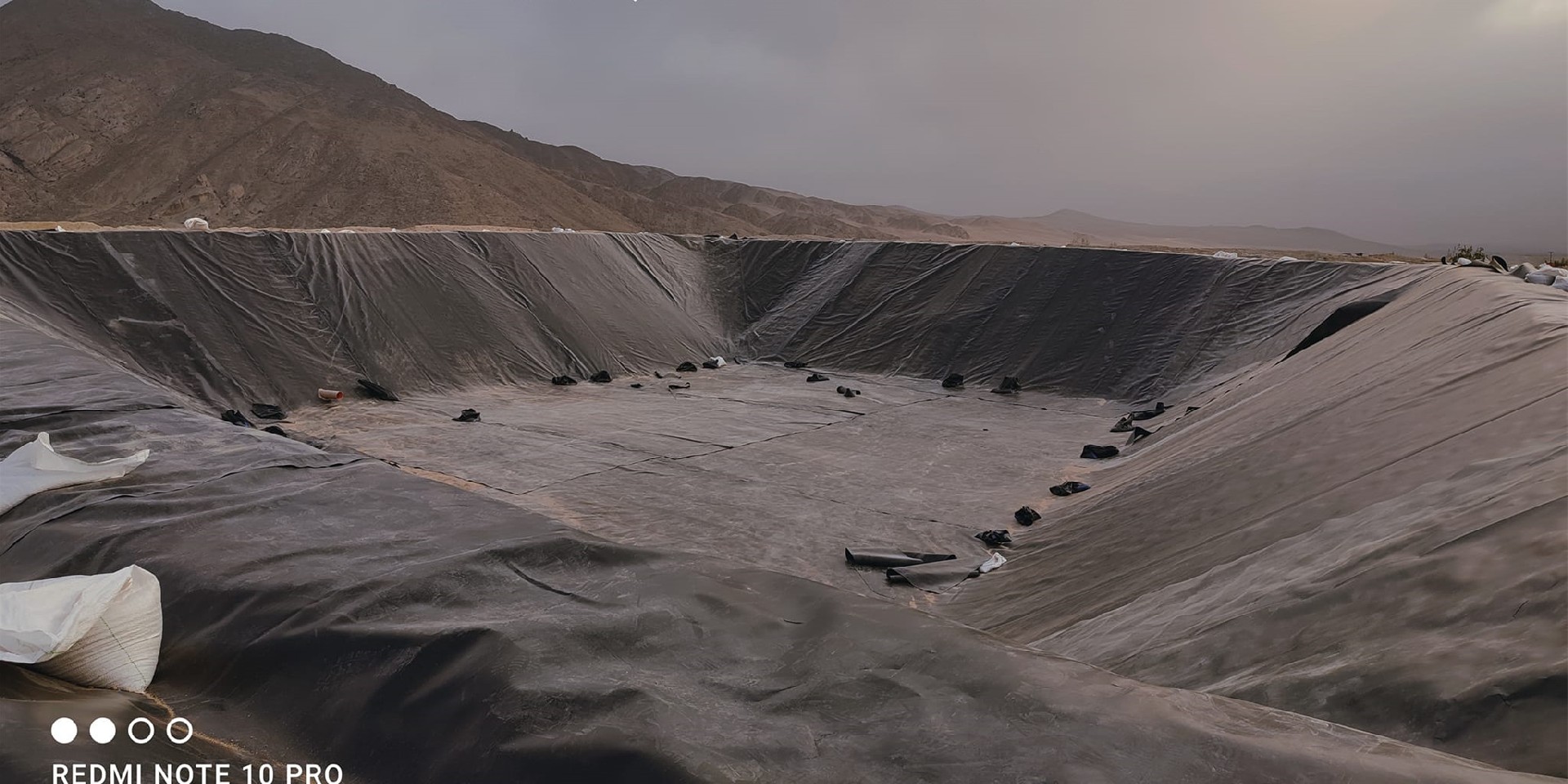
The advantages of calendering production are: short production cycle, low cost, and excellent gloss and flexibility of geomembrane. The minimum thickness of the membrane material can reach 0.1mm; Disadvantage: strictly speaking, the thickness of the membrane material is not very uniform. Compared with blown film, it is characterized by fast production speed and high output. The tensile performance of geomembrane is slightly better than that of blown film, and its strength is not as high as that of blown film! But the price is much cheaper than the geomembrane produced by the blow molding process.
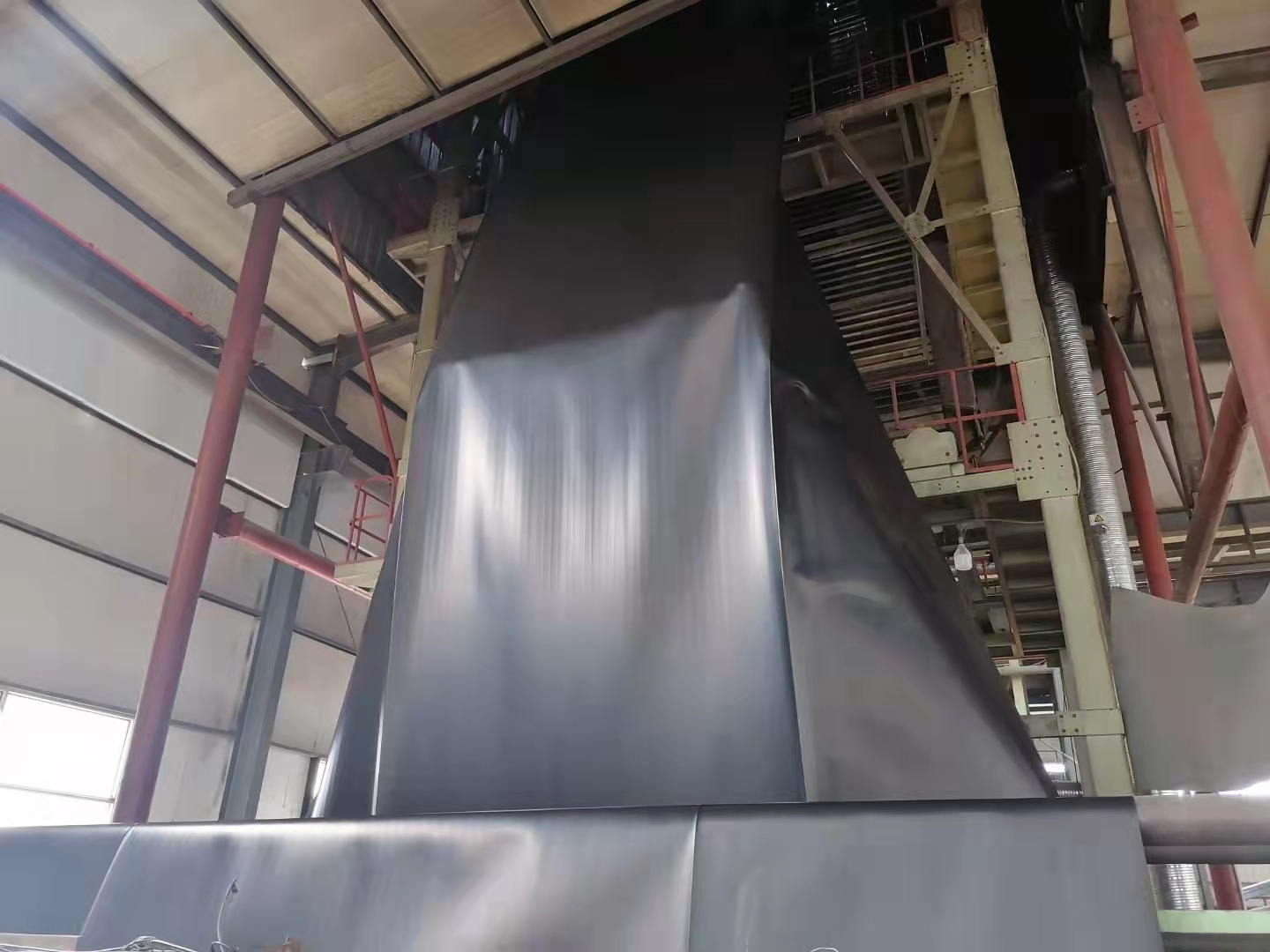
So the most direct way to distinguish American Standard geomembrane is to see whether the surface of the membrane is bright or not. If it is bright like a mirror surface and is particularly soft, it is definitely produced by calendering, and it is definitely not American Standard geomembrane. On the contrary, the surface of the film looks very smooth, but it is not the kind of reflective mirror. If it is hard to bend, it must be produced by the blown film process.
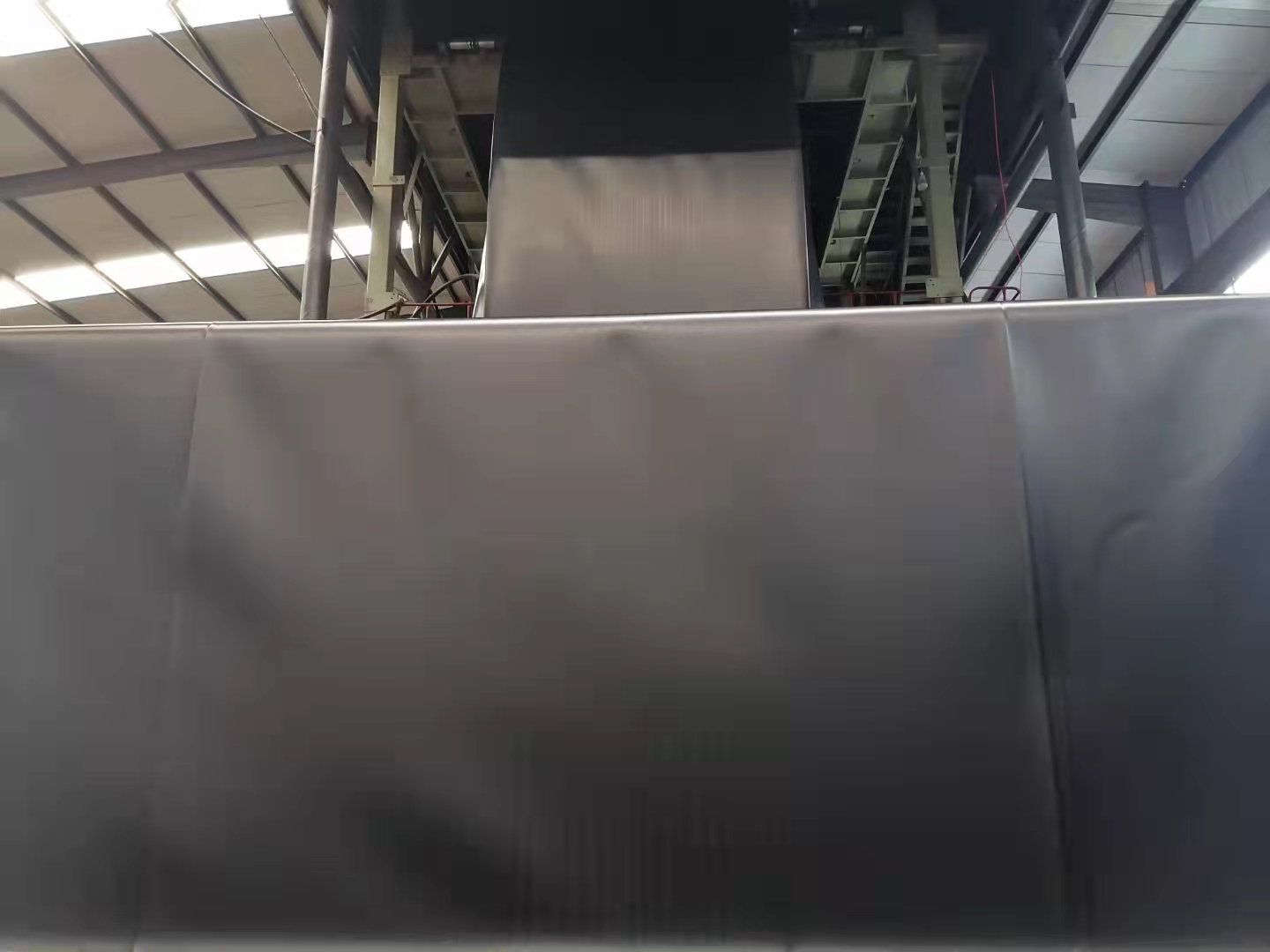
If you need geomembrane, please contact Gerui Group, the video will also be attached!
email:contact@chinagrgeo.com




